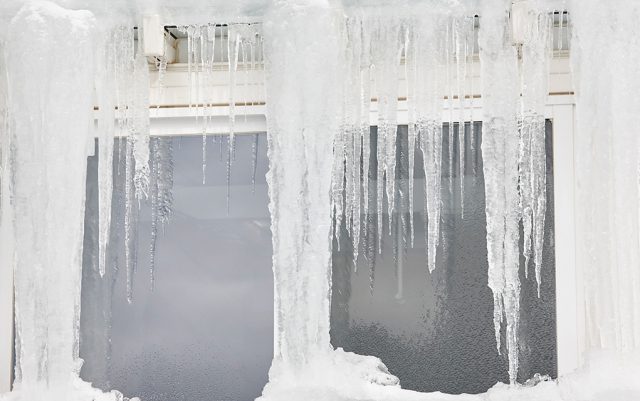Knowing when and how you are using your energy is the first step to becoming energy efficient and environmentally friendly.
The focal point of energy conservation today has undoubtedly been driven by the effects of global warming and escalating energy prices. People should be mindful of the negative effects that are related to energy waste and should always have a good understanding of how the energy is being utilized. Whether you are trying to establish areas of improvement at work or merely monitoring your day-to-day behaviour at home.
Remember: it costs less to save energy, than to buy energy!
Below are some energy conservation tips that you can immediately take advantage of, to stay warm, keep the Base electricity consumption low and reduce strain on the electrical grid:
- Keep your windows closed while the building is being heated. Please make sure your windows stay shut at the end of the day. Leaving your windows open over night will create significant heat-loss in the building.
- If you own a personal space heater, please make sure that it is off at the end of the day. Also if possible use only energy efficient products when purchasing a new personal space heater.
- If you have a window air-conditioner, please make sure it is sealed properly for your office space to maintain the desired temperature.
Below are some home conservation tips that you can immediately take advantage of to conserve energy and keep money in your pockets:
- One of the easiest ways to save money on your heating bill this season, is to dress according to the weather and lower your thermostat setting to what you think is a comfortable level. At night make use of a warm blanket and lower your thermostat setting even further.
- Keep your fireplace damper closed unless a fire is going. Keeping the damper open is like keeping a 48-inch window wide open during the winter, this it allows warm air to go right up the chimney.
- Inspect your attic. You should have at least one foot of some type of insulation in the attic floor. If you have less, and there is room, consider adding more.
By: Alex Savu, Energy Manager, RP Ops Det Borden












